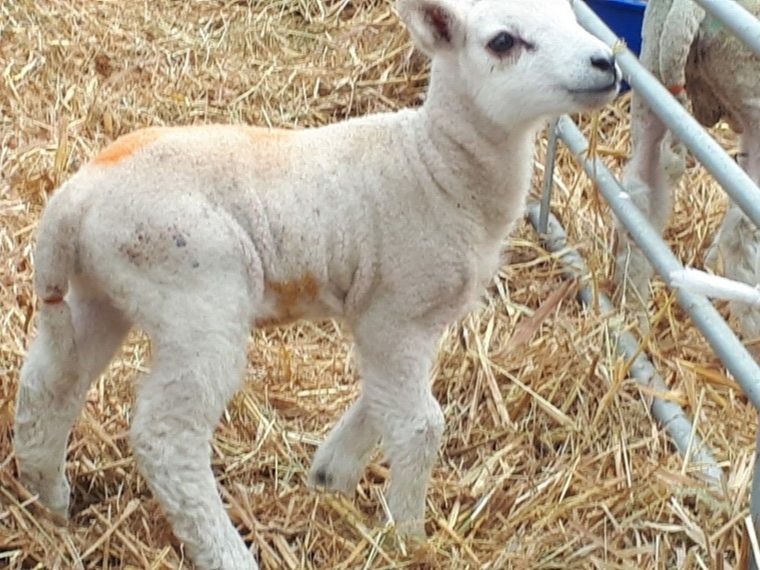Treating joint-ill at lambing: getting it right
Wednesday, 31 January 2024
Joint infections in young lambs are a familiar and frustrating sight for many farmers around lambing time, which is why AHDB and the University of Liverpool, with the support of the Moredun Research Institute, have funded research into improved treatment and prevention of the disease.
Here, Dr Jennifer Duncan, Senior Lecturer in Livestock Health and Welfare, and Louise Jackson, PhD Researcher; Institute of Infection, Veterinary and Ecological Sciences, University of Liverpool share some of the findings from their research to provide farmers with up-to-date advice on treating and preventing this common disease.
One of the early findings of the research is that not all farmers are treating the disease correctly. In addition, some bacteria have become resistant to commonly used antibiotics.
The good news is that with an early course of the right antibiotic, you should soon have affected lambs back on their feet.
Here are six top tips to manage joint-ill, which all involve working closely with your vet:
- Talk to your vet; they will help you select the best antibiotic for the situation on your farm. They might already know the cause of joint-ill present on your farm, or they might need to take samples before they can prescribe the most suitable antibiotic.
- Start treating lambs as soon as you see signs of the disease.
- It is essential lambs receive the full course of the prescribed treatment or the infection could return; often a five- or seven-day course of antibiotics is needed, sometimes longer
- Catching and retreating lambs at pasture can be tricky; consider whether it might be more practical to house them during the treatment period.
- Joint-ill is a very painful disease; talk to your vet about pain relief options for affected lambs.
- If the treatment doesn’t appear to be working, get in touch with your vet as soon as possible.
 Jennifer Duncan
Jennifer Duncan

